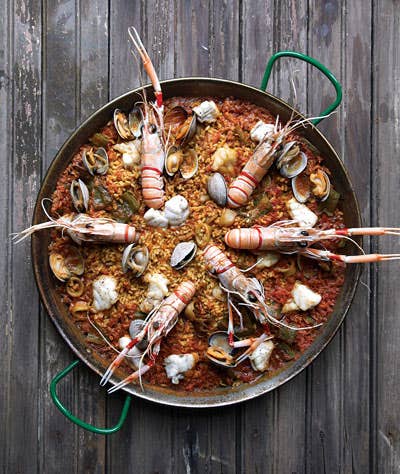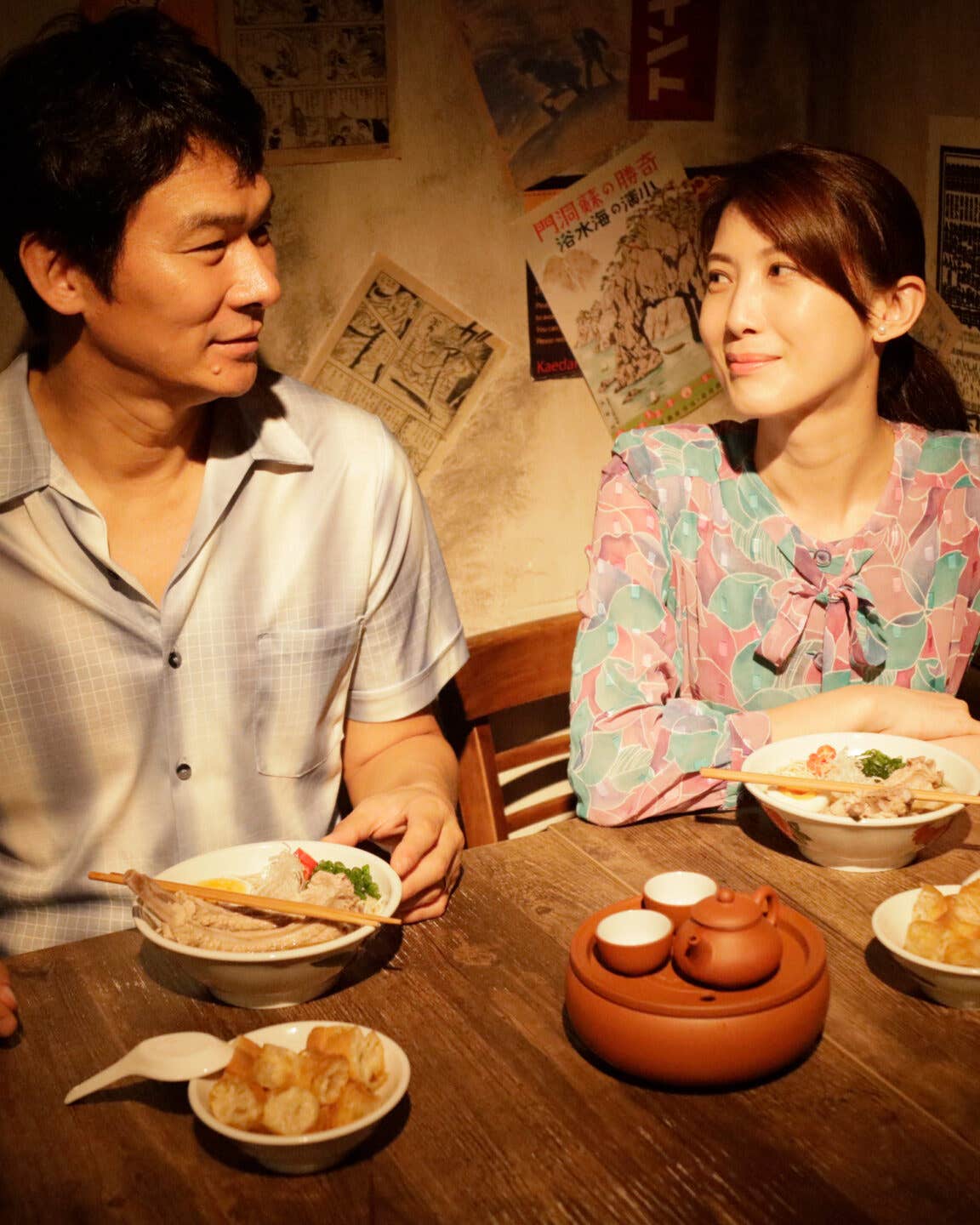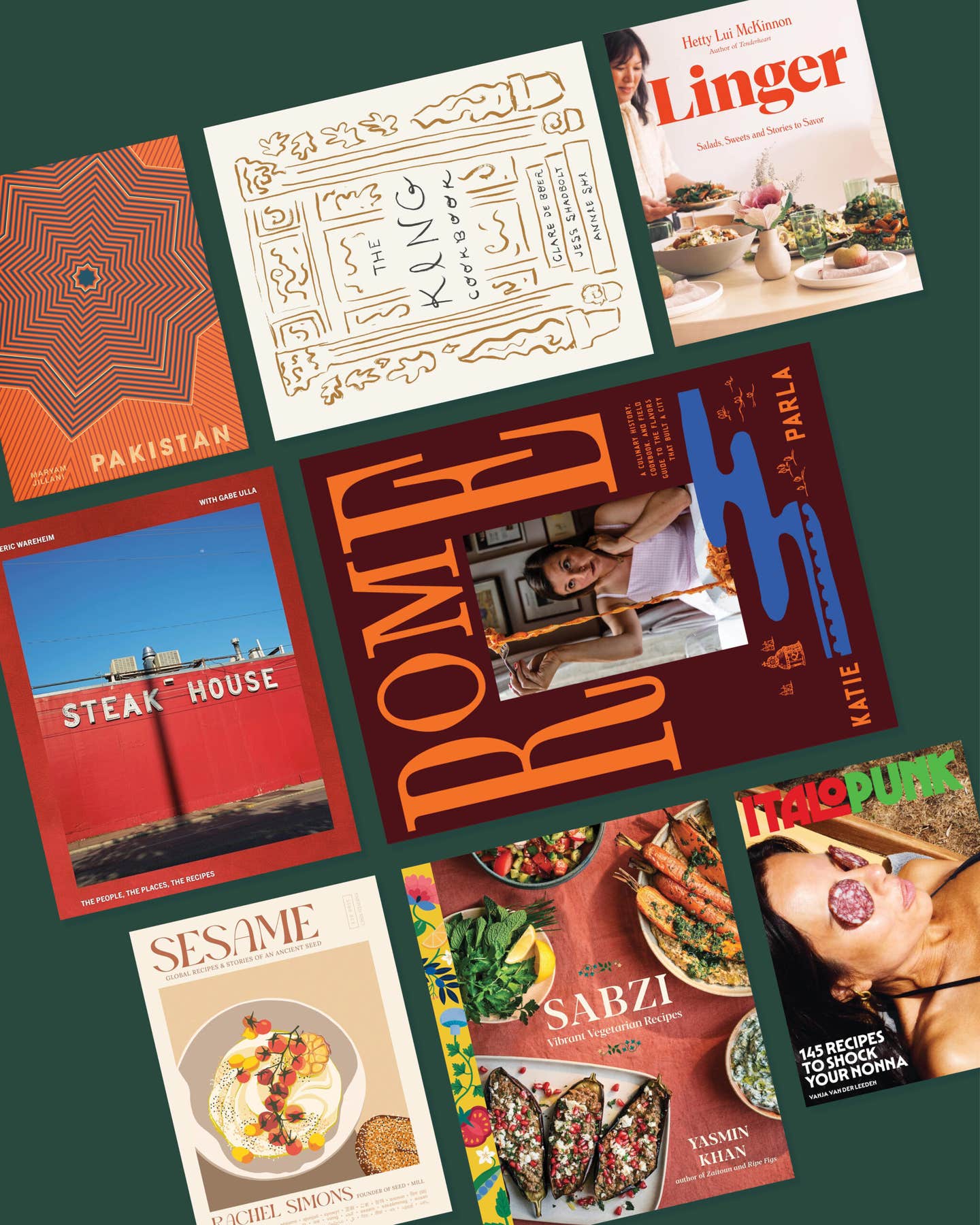
While questioning what is paella is extremely contentious, there's one thing that most paella enthusiasts in Spain seem to agree on: that the sunny, fluffy yellow rice dish served at Spanish restaurants all over the world, the version topped with red peppers and loaded with everything from shrimp to chorizo to lobster, is not the real thing. Real Spanish paella, which is to say Valencia-style paella—the dish originated in that eastern coastal Spanish city—is an altogether darker, richer, smokier creation: denser than a pilaf, drier than a risotto, and arguably more satisfying than either. But even in Valencia, as I discovered recently over the course of several visits, there's not much of a consensus regarding how this delicious dish, perhaps Spain's most famous, should be prepared and what should, or shouldn't, go into it.
True, there does exist a widely accepted original recipe, for a dish that has remained more or less constant through the ages. The original paella valenciana (see ** Paella with Rabbit and Snails**) probably dates to the early 1800s and consists of saffron-scented rice cooked with rabbit, chicken, local snails called vaquetes, and three types of beans: a broad string bean called ferraura, a lima-like dried bean called garrofo, and a white bean called tavella (which is hard to find outside of Spain). And, not surprisingly, you can find versions of the original paella valenciana all over town. But to travel to Valencia solely for that dish would be a mistake. Many restaurants serve a long list of paellas, including ones stocked with seafood and others made with seasonal vegetables and meats. Most of them are delicious; a few are sublime. Tinkering, it seems, is inherent to the culture of paella.
The earliest kinds of paella were products of purely local ingredients and eating habits. The dish exists because of rice, and rice has existed in Valencia and its environs ever since the Moors planted it there more than 1,300 years ago, in a lagoon called the Albufera, where the grain is still grown today. Saffron, that precious and earthy spice, brought to Spain by Arab traders in the tenth century, was the Moors' preferred seasoning for rice, and it remains a traditional paella ingredient. Local game like rabbit, and foraged foods like snails, as well as various legumes and vegetables, found their way into rice dishes during the Moorish occupation of Spain, but pork (which was prohibited under Muslim dietary laws) and shellfish did not. After the Moors left Spain in 1492, the Valencians' love for rice dishes lived on. As for that original recipe, one of the first printed versions of it appeared in 1840, but evidence suggests that the cooking of a rabbit-snail-bean-saffron "paella" (named after the wide, shallow steel pan in which such dishes were cooked) was by then a Valencian ritual; the dish was prepared in the countryside over an open fire of dried vines and orange-tree branches, usually on Sundays, usually by the men of the family while the women were at church.
Paella remained a regional food for a good long while. Back when that original paella recipe was first published, Spain wasn't a popular destination on the tourist track, and its cuisine was little known beyond its borders. But the 20th century—the century of Picasso, Dali, Buñuel—saw a burgeoning interest around the world in all things español. Epicures were eager to discover the country's rich, rustic flavors; in 1950, Elizabeth David, the cookbook writer who delivered England from its wartime gastro-dreariness, published A Book of Mediterranean Food (John Lehmann), which included a recipe for paella containing the hitherto untraditional combination of chicken and shrimp. (By this time, coastal cooks in Valencia were probably making seafood-stocked paella a la marinera, but that recipe never includes meat.) Before long, gourmands in England, America, and beyond were serving all kinds of variants of the dish out of brightly colored Dansk paella pans along with goblets of sangria.
Jose Luis Gonzalez, the owner of L'Establiment, a legendary paella restaurant in El Palmar, not far from Valenica, told me one afternoon, after I'd polished off one of his superb traditional paellas, that what most profoundly affected the evolution of the dish was the tourist boom of the 1960s. Among the first things to change? The cooking method. Formerly a dish forged over open fires and endowed with all the advantages such cooking confers—crisp, flame-licked edges, smoke-tinged meat—paella became something that was made indoors, in a restaurant setting. Rather than cooking a few large pans over a wood fire and serving the dish family style, restaurant cooks had to make hundreds of smaller portions and answer to tourists who wanted shrimp, spicy pork sausage, and, heck, why not some lobster, too. Today you can find the odd wood-fire holdout at rural Spanish restaurants, at family gatherings, and at local festivals, but the heyday of the traditional vine-wood-fired paella is past.
And yet, Valencia's cooks have found ingenious ways to replicate some of the traits of flame-kissed paella on the stove top. Adding artichokes, which darken the color of whatever they're cooking in, is one way. To echo the woodsy taste formerly imparted by smoke, they'll often toss in some smoked paprika or a few sprigs of rosemary (which appeared in many traditional paella recipes anyway). At L'Establiment, cooks start their paellas on the stove and finish them over a wood-burning fire. I've found that cooking a paella over a wood fire on my Weber grill works well, too.
Still, there are a few old-fashioned paella-making basics that Valencian cooks don't mess with. All paellas start with a sofrito, or flavor base, of chopped vegetables cooked in oil—typically garlic and tomatoes, and sometimes onions and Spanish red peppers called ñoras. The longer the sofrito cooks, the darker and more intensely flavored the paella will be. Also indisputable is this: once you've stirred the rice with the cooked sofrito and the stock, you leave it alone, uncovered. When the rice is cooked through, after 20 minutes or so, some cooks blast the heat to create a flavorful crust, called_ socarrat_, on the bottom of the pan.
Rice, of course, is another constant, but what kind is a matter of disagreement. I'd heard that the short-grained variety known as bomba was the gold standard, but many Valencian chefs I talked to seem to be turning against it, pointing out that while it doesn't overcook as easily as most varieties, it doesn't soak up flavor very well either. Many chefs are turning to other Valencian varieties, like bahia and senia, which are medium-grained (and unavailable in the States; Italian vialone nano is a good substitute). Then there's the question of saffron. "One out of a hundred restaurants in Valencia uses saffron these days," Jose Fernandez, the chef of La Pepica, one of Valencia's most venerated paella restaurants, told me. It's much too expensive. Instead, many cooks color their paellas with paprika or a yellow powder, made mostly of cornstarch, salt, and food coloring, called colorante, which is sold in supermarkets all over town.
After a few days of polling Valencia's chefs on the finer points of paella, I decided to leave them to their debates, to embrace the changing nature of the dish, and to focus on the singular pleasure of eating it. On this subject, most Valencians seem to follow a well-thumbed script: a pan is set on the table and diners scoop up their own portions with wooden spoons, making sure to get plenty of pieces of burnished meat or vegetables, and to scrape up some of the chewy, caramelized socarrat. The tradition is to start at the perimeter and work your way to the center. It's a convivial way to eat, no matter what's in your paella.
Keep Reading
Continue to Next Story










